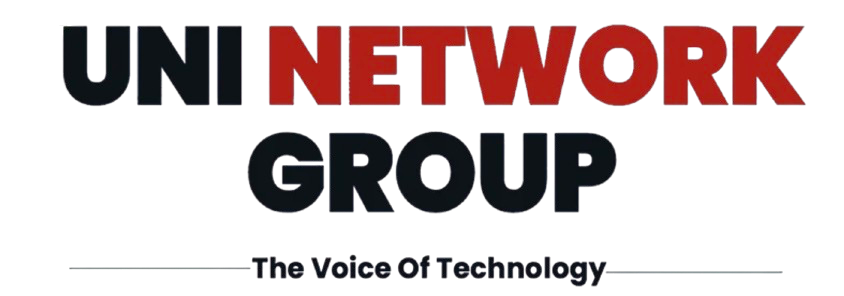A Market Quietly Powering the World
In the bustling heart of global manufacturing, a silent but essential industry powers the gears of progress — the machine tools sector. From automotive giants to aerospace pioneers, the tools that cut, shape, and mold metals have become indispensable to delivering the precision and quality demanded by today’s competitive industries.
Recent industry reports reveal a striking figure: in 2023, the global machine tools market reached a valuation of nearly $60.63 billion. Even more impressive, forecasts suggest this market will climb to $82.74 billion by 2028, reflecting a steady Compound Annual Growth Rate (CAGR) of 6.42%. This growth isn’t just a number — it’s a testament to how manufacturing is transforming across every corner of the globe.

What’s Driving This Momentum?
To understand this surge, we have to look beneath the surface. At the center of this expansion is the push for industrial automation, where industries are turning to smarter, more precise machines to cut costs, reduce human error, and boost output. With the rise of Computer Numerical Control (CNC) systems, machine tools have evolved far beyond traditional manual setups, delivering unparalleled speed and accuracy on production lines.
But it’s not just about old industries upgrading their equipment. Emerging sectors such as renewable energy and electric vehicles (EVs) are fueling demand, requiring advanced machine tools to craft specialized components for solar panels, wind turbines, and next-generation drivetrains. Meanwhile, the automotive sector remains the largest player, accounting for a substantial share of the market and intensifying its reliance on cutting-edge tools as it pivots toward electric and autonomous technologies.
Challenges Along the Road
Of course, no industry surges forward without obstacles. One of the most pressing challenges facing the machine tools market today is the shortage of skilled workers. As tools become more sophisticated, operating and maintaining them requires advanced technical know-how — a gap many manufacturers are racing to fill through training and workforce development programs.
Additionally, global economic fluctuations pose another layer of uncertainty. Shifts in capital investment, trade policies, or supply chain dynamics can directly influence how much manufacturers are willing to spend on new equipment. And let’s not forget the constant pressure of technological disruption — manufacturers must continuously innovate to keep pace with evolving customer needs and rival technologies.
A Future Forged in Precision
Despite these challenges, the road ahead for the machine tools market is lined with opportunity. With industries worldwide doubling down on automation and precision engineering, machine tools are set to play an even more vital role in shaping the future of manufacturing. Those companies that can embrace innovation, close the skills gap, and navigate shifting economic landscapes will find themselves leading a sector primed for long-term success.
As the numbers suggest, the machine tools industry isn’t just keeping up with change — it’s helping drive it.
Source: Machine Tools Industry Report 2025: Market Opportunities and Strategies to 2033, GlobeNewswire, May 2025




